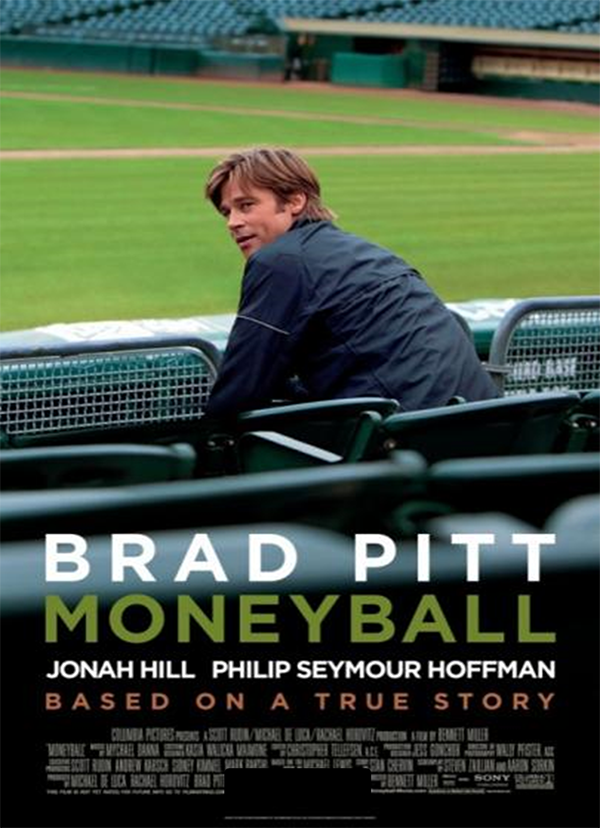With the ProRRT℠, you have a powerful new way to recruit investment clients from your tax return client base and way from competitors.
Recruiting investment advisory clients from among your own tax return clients can be explosively supercharged with the ProRRT℠.
Here’s how and why this is a critically important time for new investment client recruitment.
If you are a CPA, accountant, or are otherwise engaged in preparing tax returns, you are now beginning to meet with your tax prep. clients to do their returns.
If you are also an investment advisor, it’s likely that only a small minority of your tax return prep clients are also investment advisory clients.
Tax return preparation gives you access to your clients’ brokerage account statements, and you can use that information to score and rank their mutual funds and ETFs against all other available ones in each asset class. You can even do this online or in person while they watch and even participate.
Involving them in the process is a true “game changer,” since none of them will have ever before experienced anything like this.
If you’ve been struggling to find a way to distinguish yourself from other advisors? This is it!
In most instances, you and they will see that the top ranked choices will have produced substantially higher average annual returns, with often less volatility than theirs. In other words, they’ll often see significant return premiums with no equivalent risk premiums, and those return premiums can often be quite large.
After performing this analysis for several of their holdings, you can simply say this:
“I can do this for all of your investment choices, and we’ll likely get similar results. But, at this point, one thing is looking pretty clear . . . it looks like ‘you’re leaving a lot of money on the table.’
Do you want to stay with your current advisor or would you like to come over to us, where we’ll use this new technology to help keep your investment choices optimized and help you make more money?”
We know from experience that works . . . that this approach will get you new clients.
As good as our new client recruitment strategy is for those with whom you have had no prior relationship (and it too certainly works), recruiting from among your own existing
tax clients (with whom you already has a relationship and who trust you) is obviously even better and more powerful.
And you don’t need the purchase the full ProRRT℠ to test the effectiveness of this client recruitment strategy. You can use the free “Checkup” version (which doesn’t show the names of the funds) to do it.
The client doesn’t need to see the names of the fund choices to see that there are much better choices possible.
Try it and see the value for yourself.
Of course, if the client switches to you because of what you’ve showed them, you’ll need the full ProRRT℠ to be able to provide the service you’ve promised them.
As tax season is ramping up, the timing for equipping yourself to do this is very important . . . it’s NOW.
We thought it important for you to see and benefit from this, or at least pass this along to any friends who are CPAs and/or tax preparers who might also be investment advisors.
Don’t miss this unique business development opportunity!
Time passes quickly, so do yourself and your clients a favor and act now. And, if you have any questions or need any help, please don’t hesitate to contact eric@decisionengines.tech or jack@decisionengines.tech.






